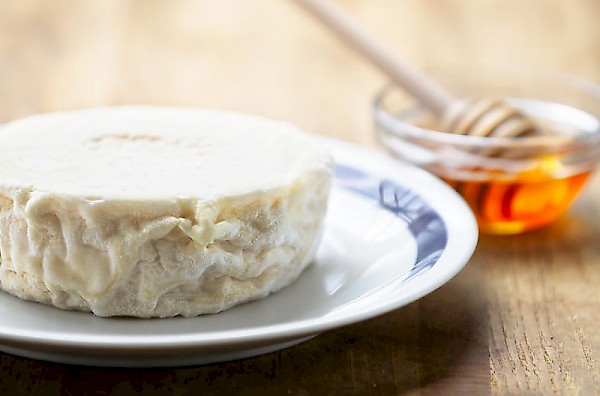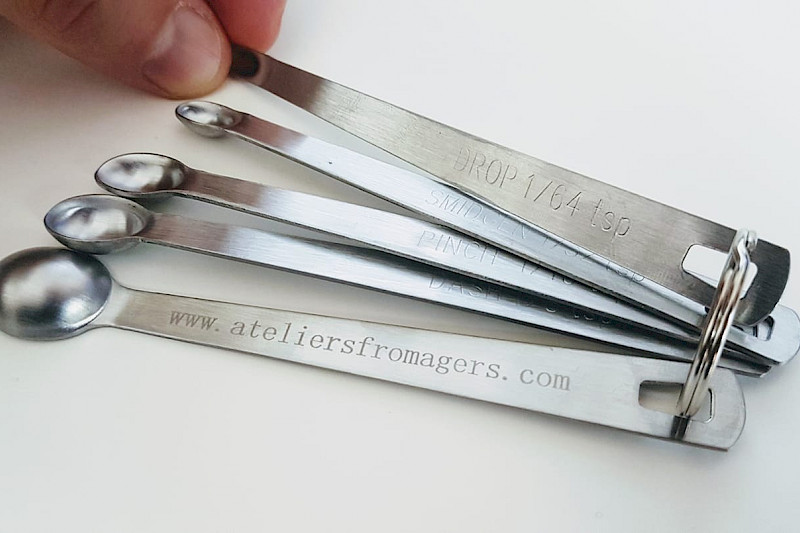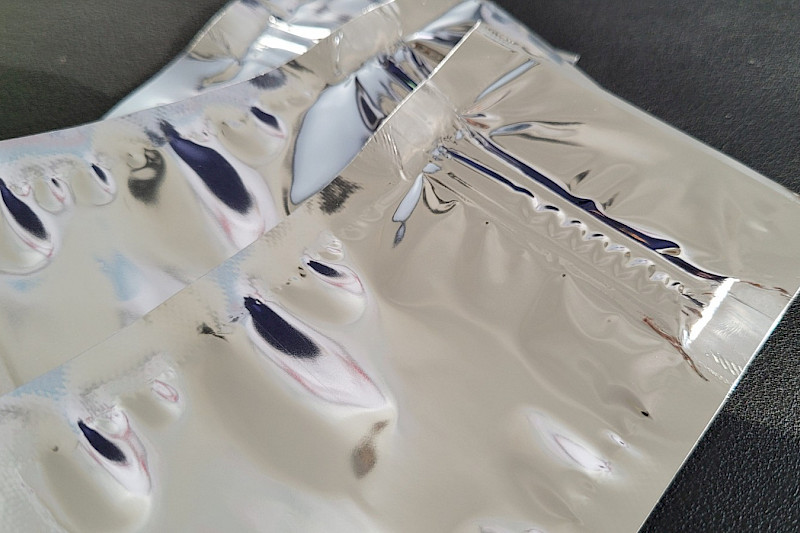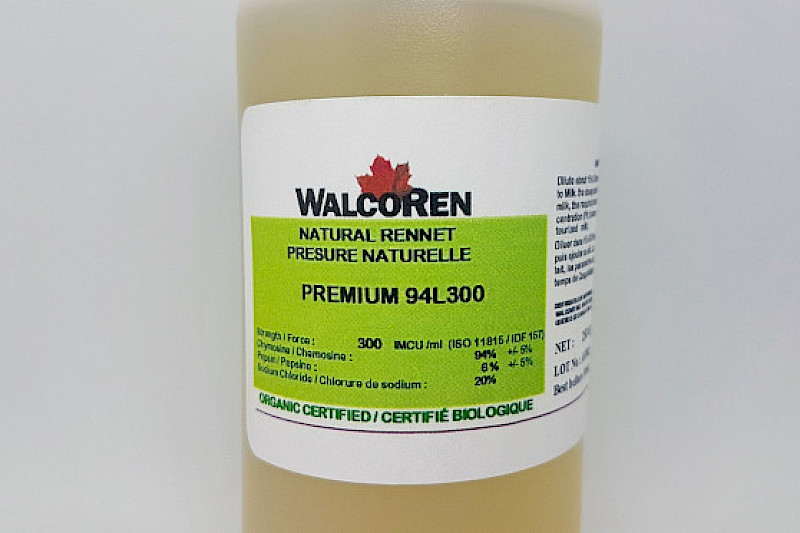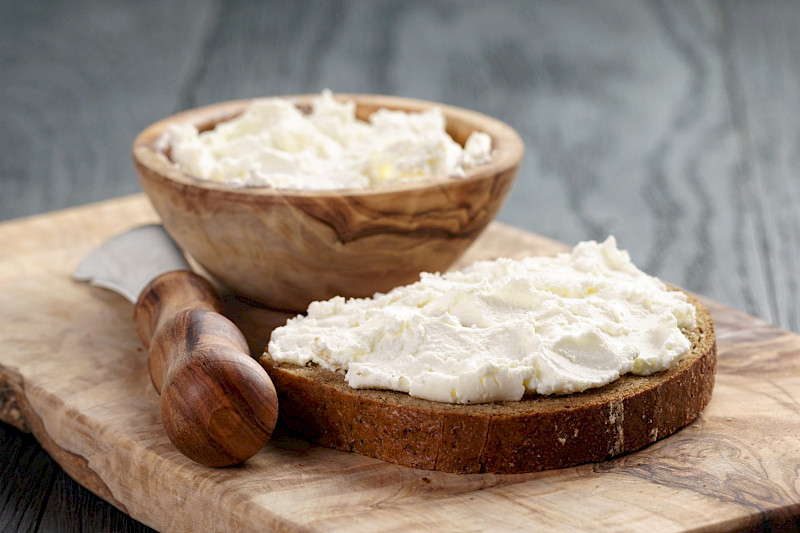Geotrichum Candidum
Lyopro GC is a specially designed yeast/mold culture for ripening bloomy-rind cheeses. With weak to moderate proteolytic activity and weak lipolytic activity, it shows an average sensitivity to salt (NaCl). Used in conjunction with Penicillium candidum, it develops a short, white downy mycelium on the cheese surface.
Thanks to its ability to reduce bitterness and produce aromatic compounds (methyl ketones, alcohols, and free fatty acids), Lyopro GC helps build a rich, complex flavor and aroma profile. By breaking down lactic acid, it raises the cheese’s pH, promoting the growth of other essential ripening flora, such as corynebacteria.
Its rapid growth also prevents undesirable molds (like mucor or “cat hair” mold) from establishing, ensuring the quality of your homemade cheeses throughout the aging process.
Lyopro GC can be directly inoculated into the milk during cheesemaking or sprayed (diluted in sterile water) at the start of aging. Typically, we recommend using 1/128 to 1/64 teaspoon (using our mini measuring spoons) for cheese batches made from 4 liters of milk. It is often paired with Penicillium candidum for optimal results.
Brand : Codex-Ing.
Type : Yeast.
Format : 10 CXU (pour 100L de lait en moyenne).
Composition : Geotrichum Candidum.
Application : Chèvre affiné, Camembert, Brie, Type reblochon, etc...
Equivalences : Chr. Hansen : SWING® GEO / Danisco : GEO 13 GEO 15 GEO 17 / Lallemand : GCA.
Best before date : 12/2026.
Further information : Geotrichum Candidum.
- Contact
- allo@ateliersfromagers.com ou 438 476-5181 ou Facebook Messenger
- Categories
- Cultures
- Tags
- Ferments, Cultures, Camembert, Brie, Culture de surface, Croûte fleurie, Chèvre, Geotrichum
Storage : in the freezer, according to the BBD indicated on the bag.
Transport : the cultures withstand transport at room temperature for several days, put in the freezer upon receipt.
Recommended use : take the cultures out 15 minutes before use, take the required dose with the mini-measuring spoons or a precise scale and leave to rehydrate for 2 or 3 minutes on the surface of the milk before stirring. Once the pouch is opened, transfer the powder to a foil pouch or sterile container and return to the freezer.
Please note: the last shipment of the season before our holiday break will be on December 19 (for orders placed from Saturday, December 13 at noon to Thursday, December 18 at noon). We cannot guarantee delivery before Christmas. Shipping will resume on Monday, January 5, 2026. Local pickup remains available in Côte-des-Neiges by appointment.Thank you for your understanding, and Happy Holidays!
Please note: Orders are shipped on Mondays. All orders placed after noon on Saturday will be shipped the following Monday (9 days later). Pickup is available in Montreal (Côte-des-Neiges) by appointment. We will call you to arrange it with you.
Delivery to Canada
Shipping costs are free for purchases of $110 and more (after application of any discount codes and before taxes). We mainly work with Purolator for transportation.
Delivery elsewhere in the world
Sorry, we do not ship worldwide currently.
